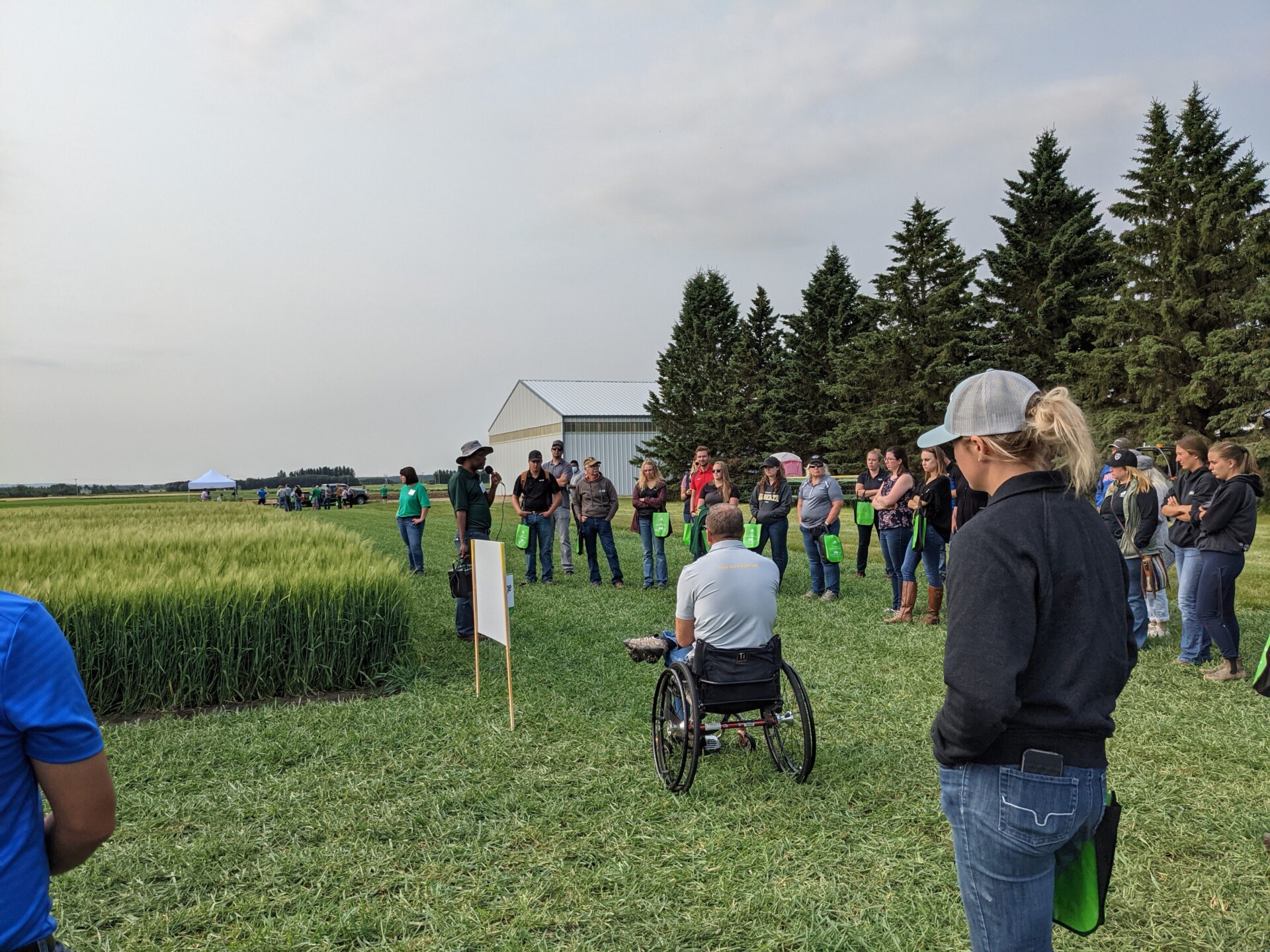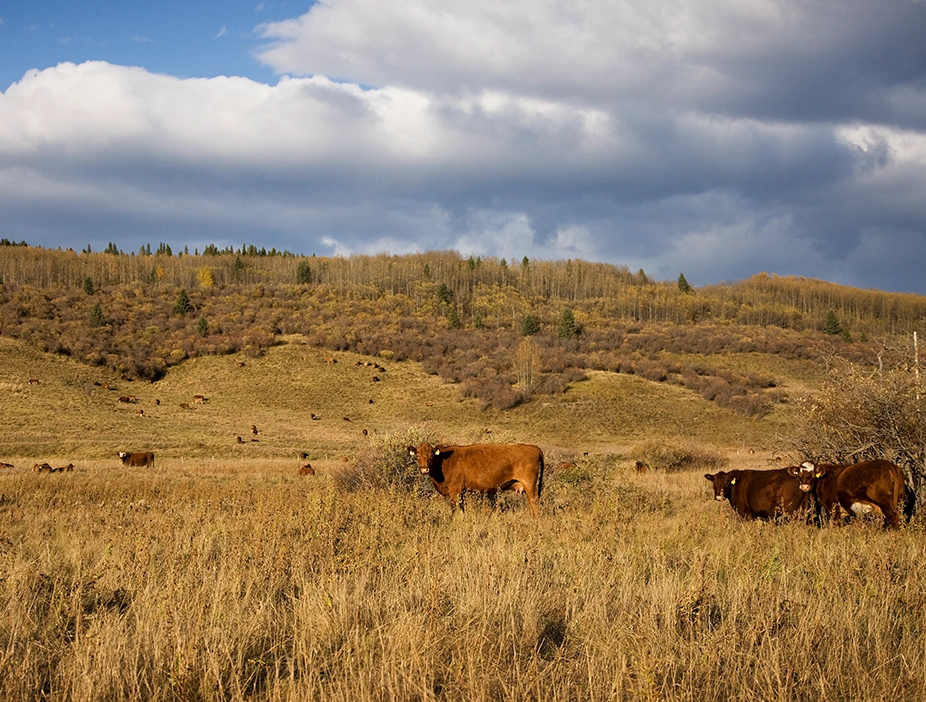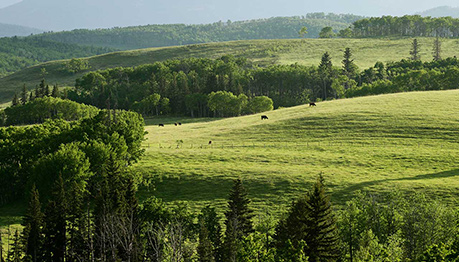Surveillance of antimicrobial use and antimicrobial resistance in Canadian feedlot cattle
Potential antibiotic resistance trends in BRD pathogens will help refine antibiotic use recommendations and practices at the veterinary and feedlot level. In addition, consumer groups, foodservice companies and international trade partners are increasingly interested in antibiotic use practices in livestock production.
Started: 2021
Determining the impact of mycorrhizal fungi on forage legumes
This project will explore whether mycorrhizal colonization can predict growth rate, stress tolerance, and forage quality differences, and the impact that mycorrhizal colonization has on these traits in alfalfa and sainfoin.
Started: 2021
New diagnostics to inform antimicrobial treatment decisions
Bovine respiratory disease (BRD) remains the most common and economically important disease affecting feedlot cattle. About 15% of cattle in North America are treated for BRD, and it accounts for about 70% of the illnesses and 40% of deaths. Economic losses to the North American beef industry exceed $1 billion dollars annually.
Started: 2017 | Completed: 2019
Showing 49-60 of 118



